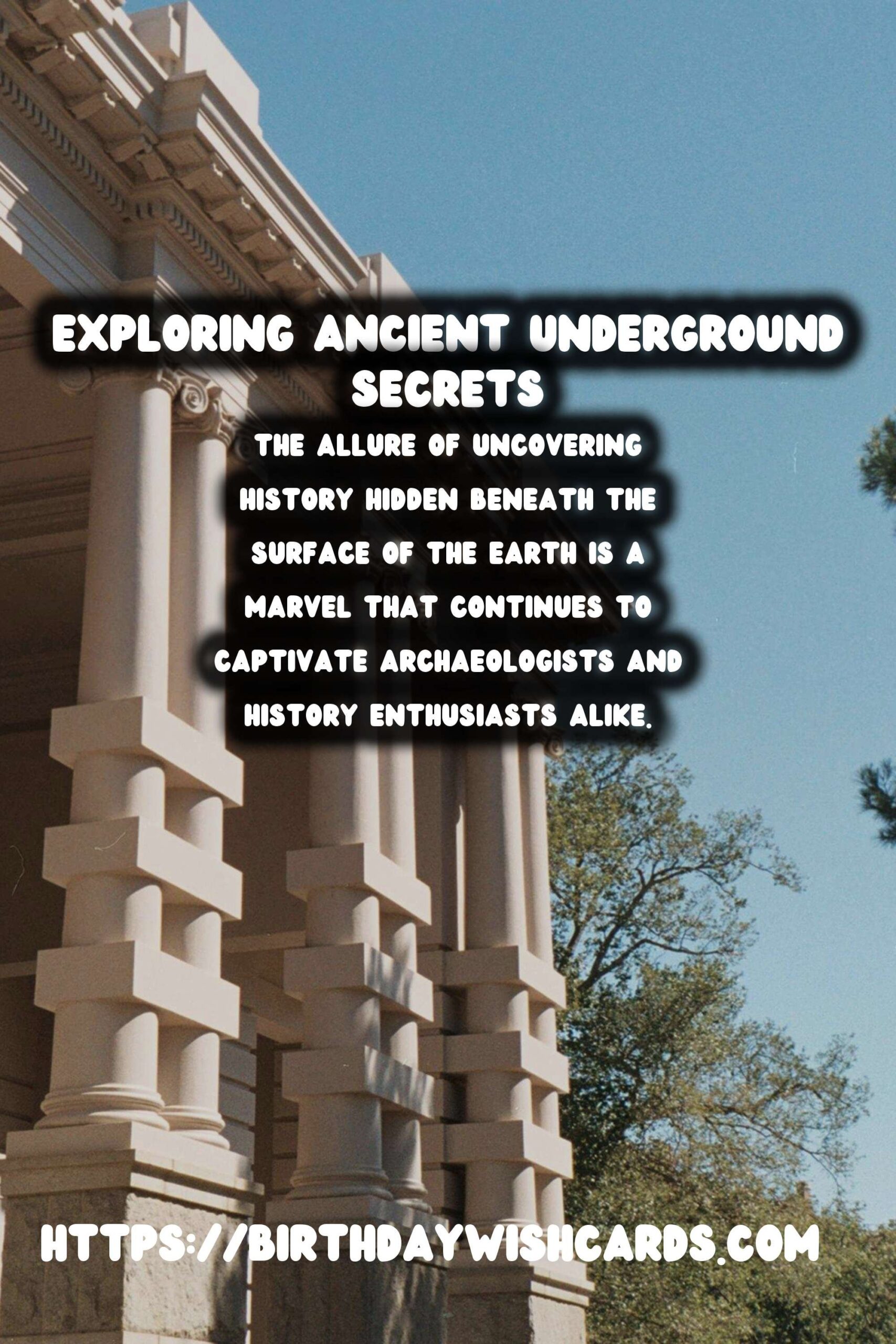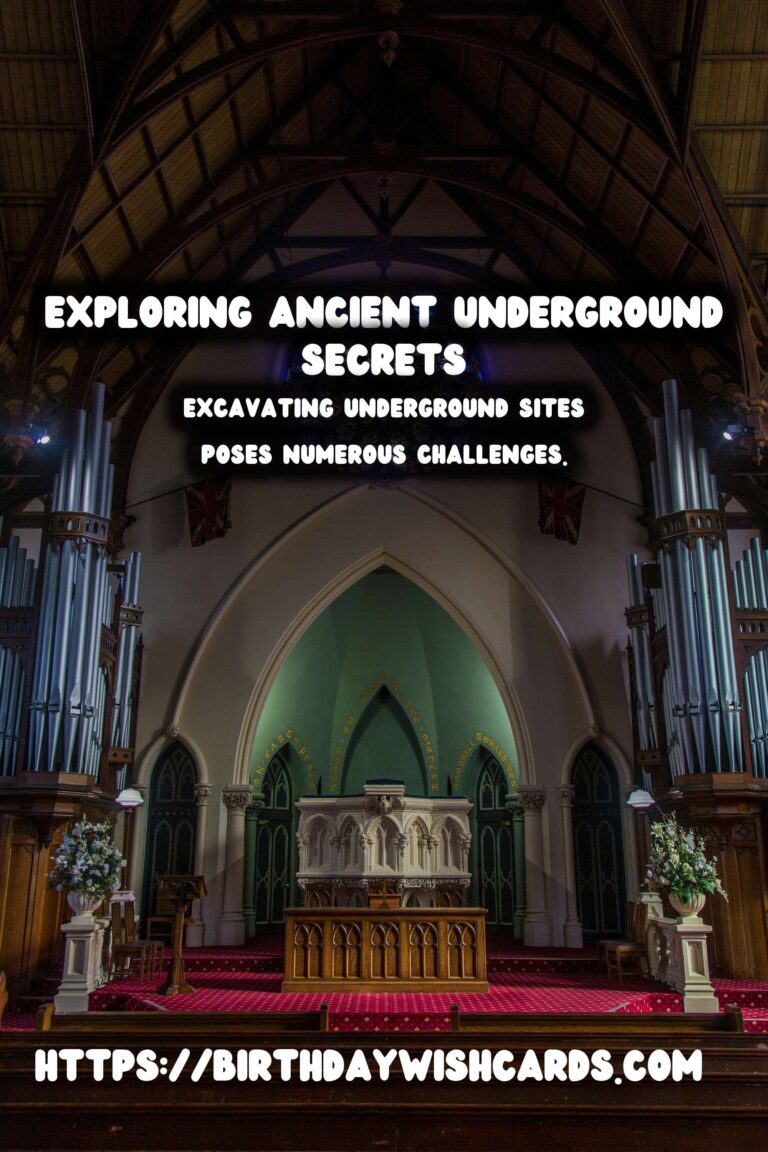
The allure of uncovering history hidden beneath the surface of the earth is a marvel that continues to captivate archaeologists and history enthusiasts alike. Underground historical sites, once shrouded by time and nature, are now being rediscovered and are becoming more accessible to the public. This article delves deep into how these sites are discovered, preserved, and shared with the world.
Discovery of Underground Historical Sites
Unearthing underground historical sites often begins with a combination of historical research, geological surveys, and modern technology. Ground-penetrating radar and other advanced tools have facilitated the identification of potential archaeological sites beneath the earth’s surface. These technologies have led to incredible discoveries, from ancient cities to hidden tombs.
In many cases, accidental discoveries during construction activities or other land disturbances have brought significant historical sites to light. These discoveries ignite a process that involves meticulous excavation, documentation, and analysis to understand their historical significance.
Challenges in Excavation and Preservation
Excavating underground sites poses numerous challenges. The fragility of ancient structures requires careful planning and expert handling to prevent damage. Archaeologists must balance the need to excavate with the need to preserve, often opting for partial excavation to leave some areas untouched for future research when better technologies might be available.
Preservation efforts are paramount. Once uncovered, these sites must be protected from the elements and human interference. This can involve constructing protective shelters, controlling visitor access, or even re-burying the site with modern materials that prevent erosion and decay.
Enhancing Public Access
With growing interest in cultural heritage tourism, there is a concerted effort to make underground historical sites accessible to the public. However, ensuring that public access does not compromise the integrity of these sites is a delicate balance.
Many sites now feature guided tours, virtual reality experiences, or reconstructed ruins to provide visitors a glimpse into the past without physical disturbance. Educational programs and interpretive centers at these sites foster a deeper understanding and appreciation of the historical contexts and significance of these discoveries.
The Role of Technology
Technology plays a crucial role in bridging the gap between discovery and public access. Virtual reality and augmented reality are transforming how we experience historical sites. Virtual tours enable visitors worldwide to explore sites without physically being there, preserving the site while broadening its accessibility.
Moreover, digital archives and databases allow researchers and the public to access detailed information and interact with 3D models, providing an in-depth exploration of these sites from anywhere in the world.
Conclusion
The discovery and preservation of underground historical sites offer a unique window into our past. As technology and preservation techniques advance, we can unlock more secrets from beneath the surface while ensuring these treasures remain intact for future generations. By responsibly managing public access, we not only educate people about history but also foster a global appreciation for cultural heritage.
Underground historical sites remind us of our shared human story, offering profound insights and inspiring awe across cultures and eras.
The allure of uncovering history hidden beneath the surface of the earth is a marvel that continues to captivate archaeologists and history enthusiasts alike. Excavating underground sites poses numerous challenges.
#UndergroundSites #HistoricalDiscovery

